Microsoft Surface Studio 2 review: Not just surface-level appeal
Microsoft’s imperfect iMac-killer is still a force to be reckoned with
Microsoft’s answer to Apple’s category-defining all-in-one is still among the most attractive and functional desktop devices we’ve ever seen, but it’s let down somewhat by an underpowered processor.
-
+
Gorgeous screen; Outstandingly beautiful design; USB-C support
-
-
Last-gen processor results in middling performance

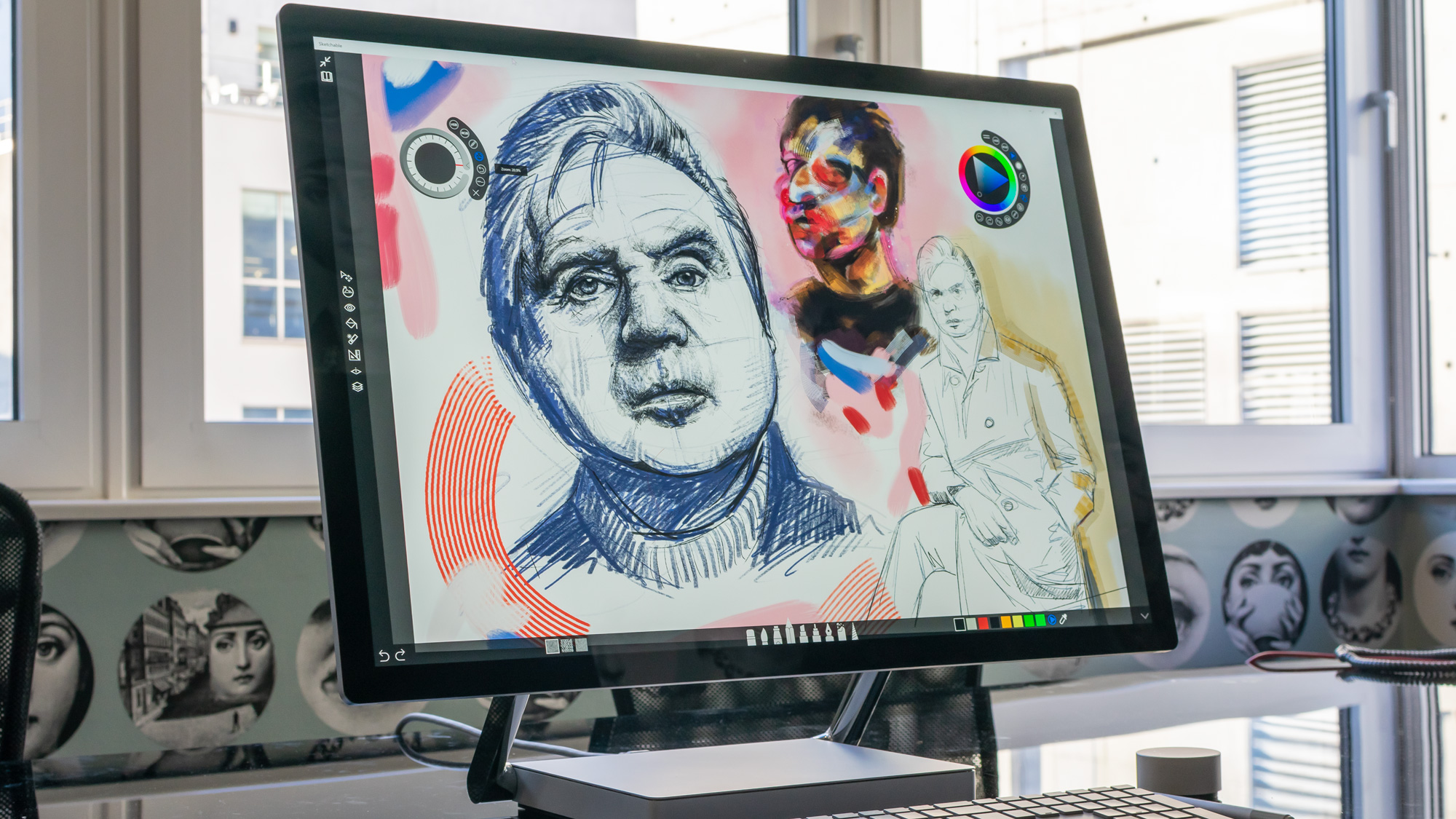
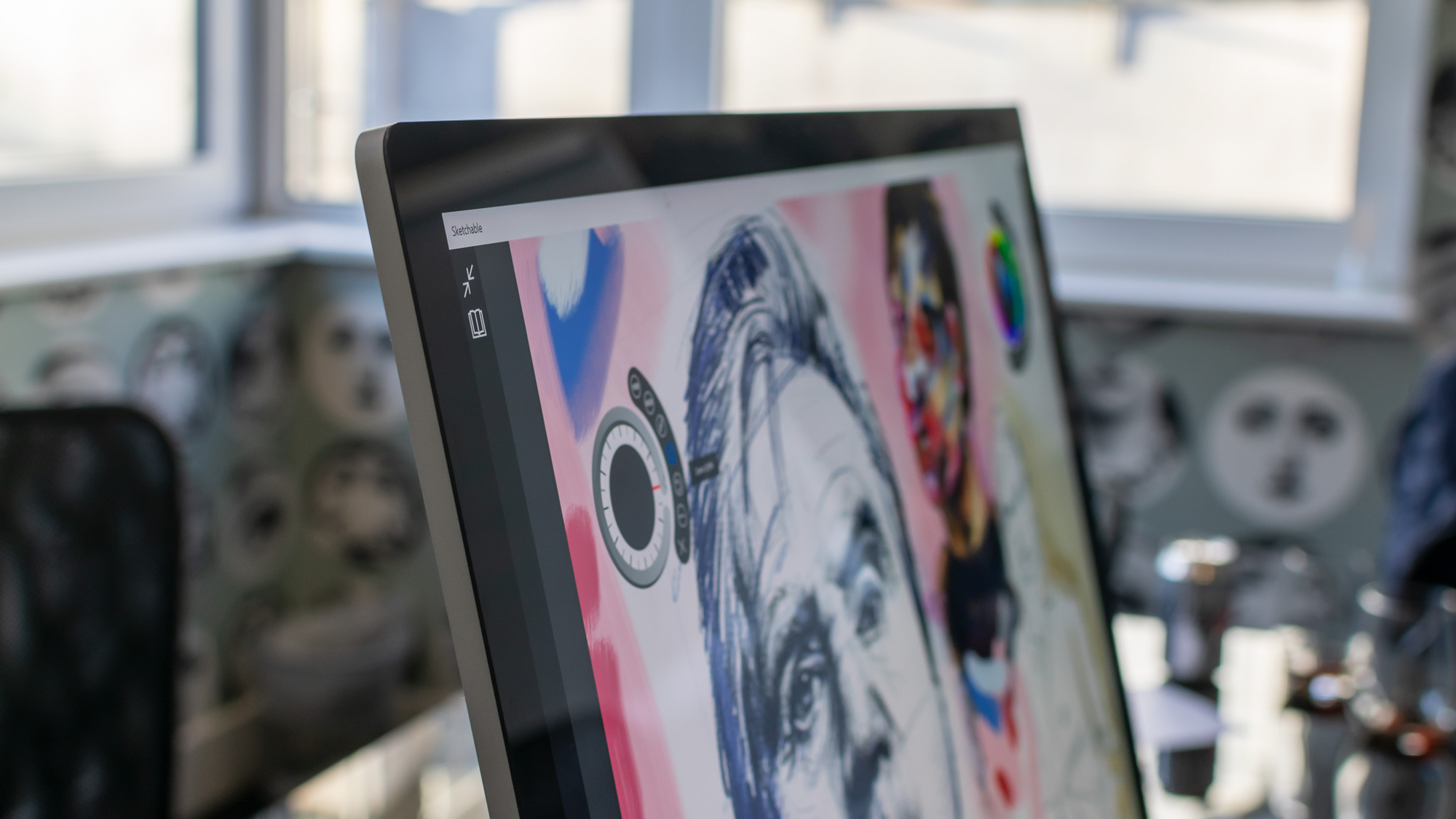
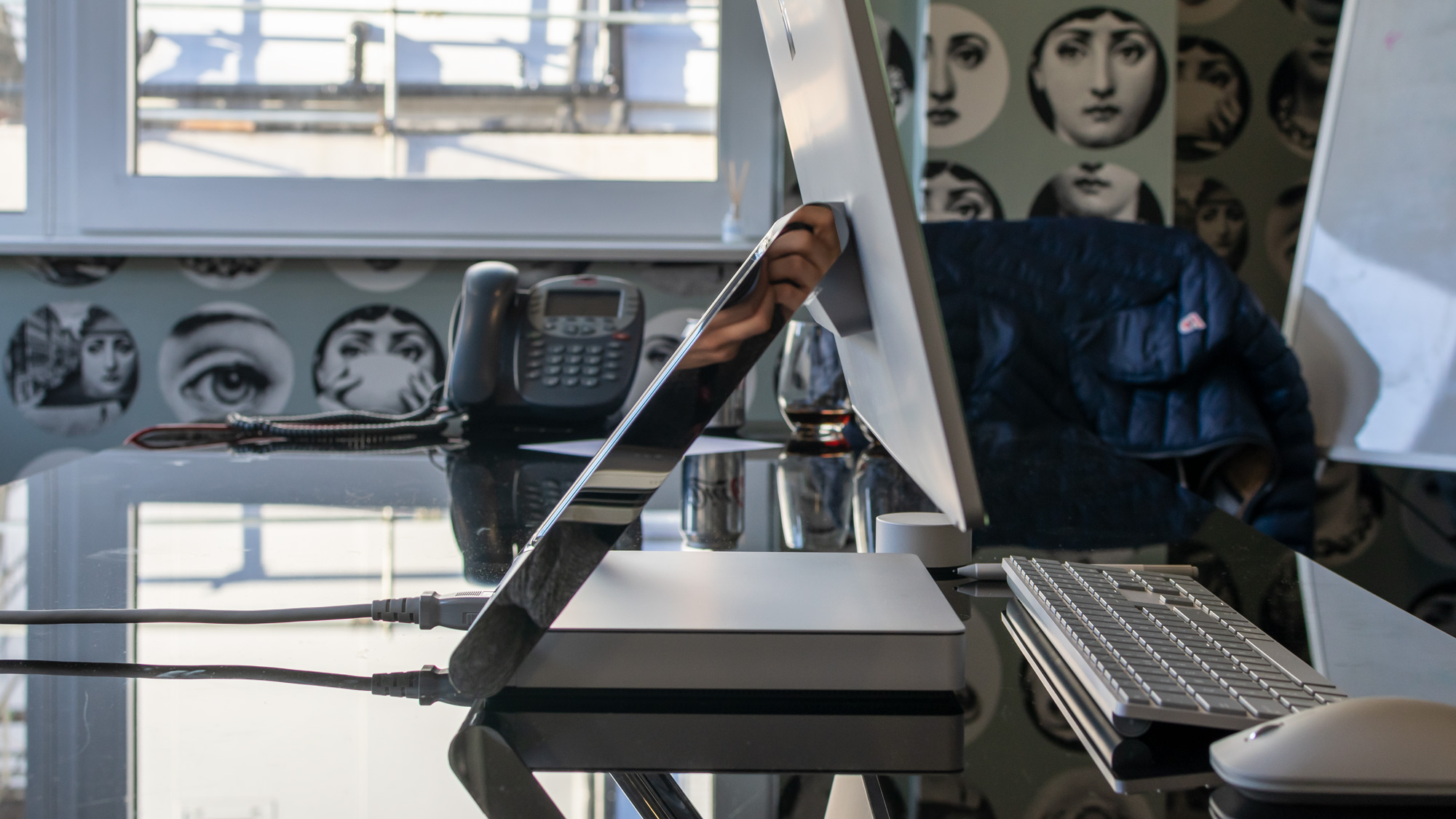
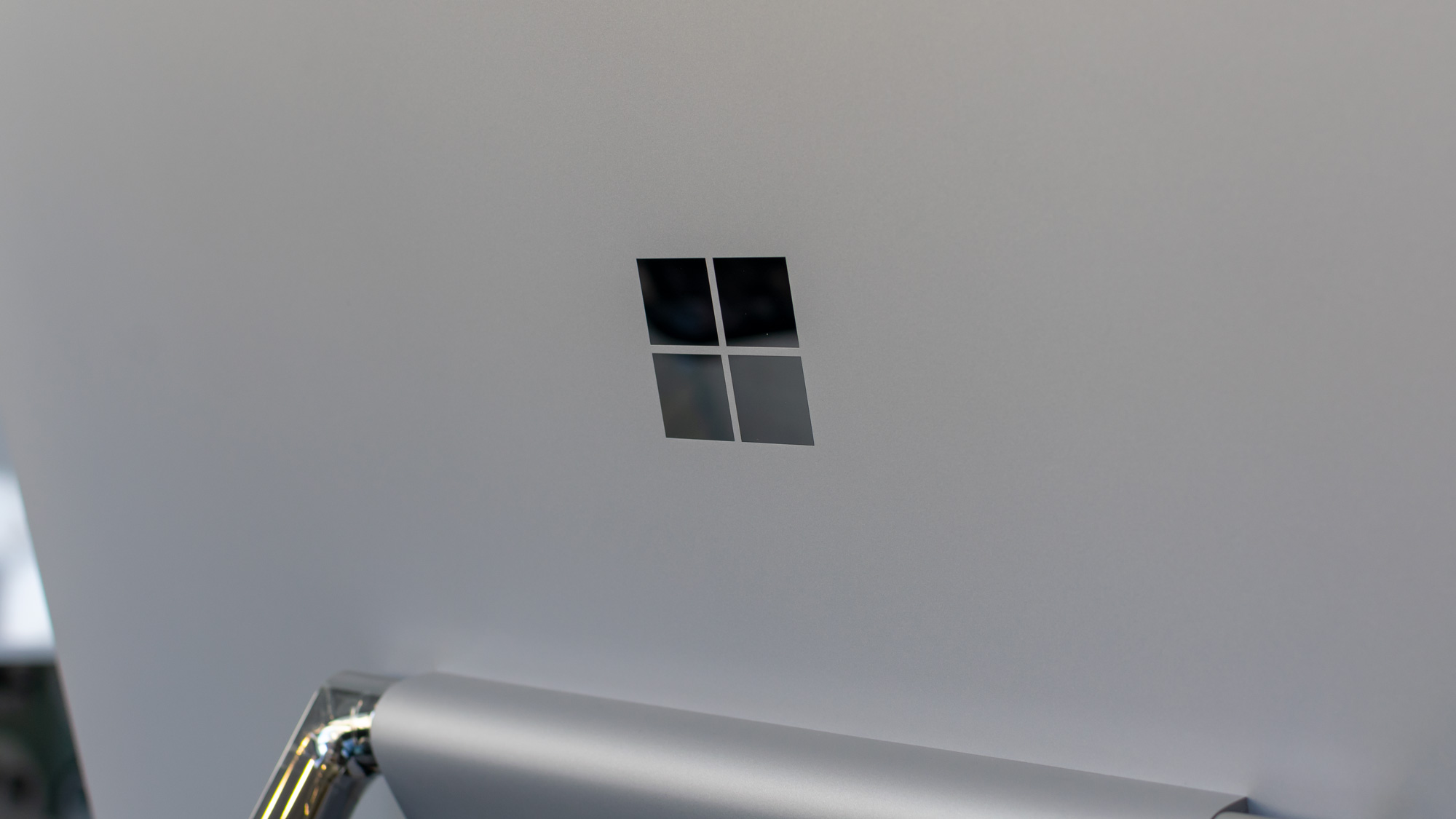
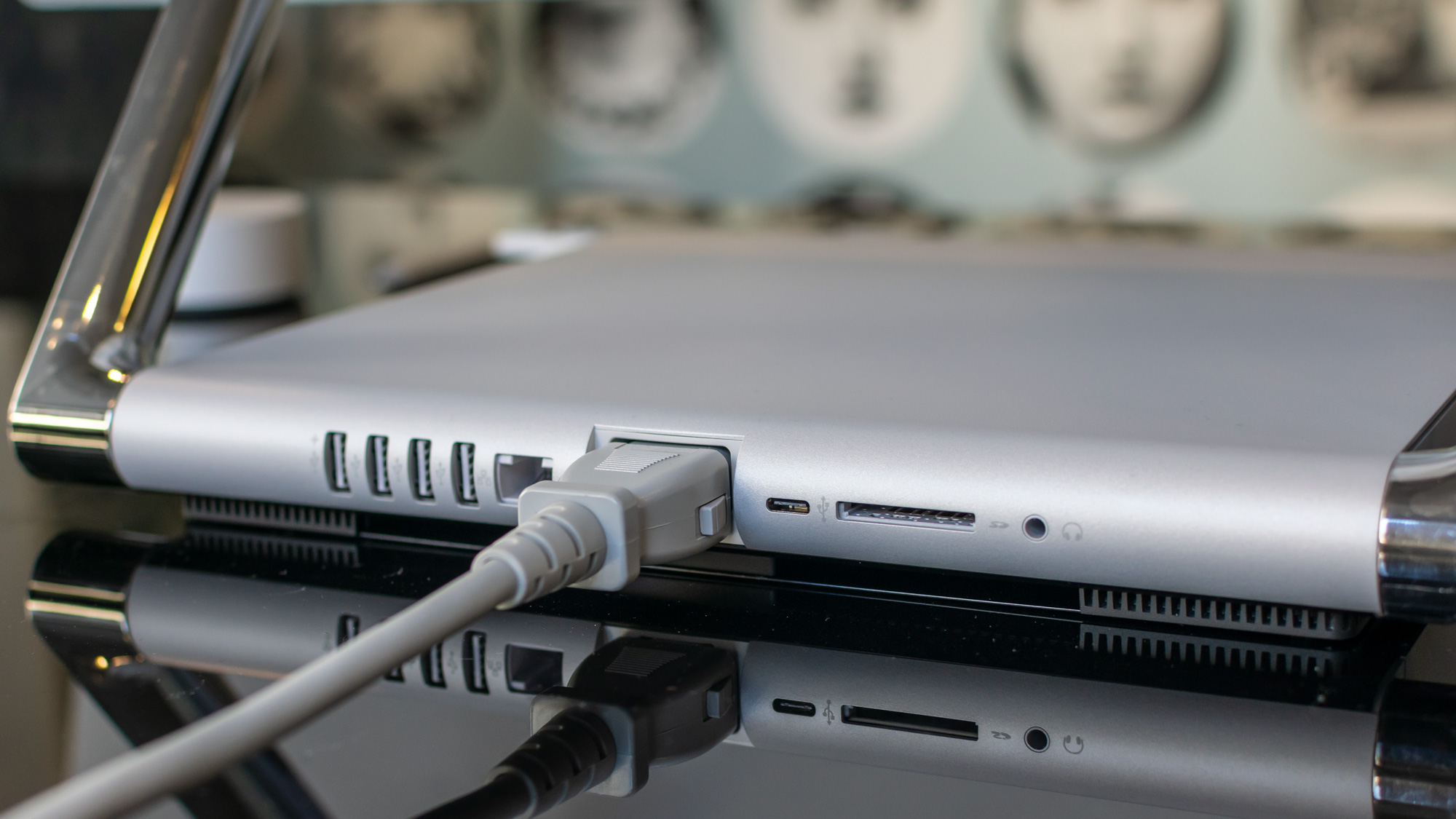
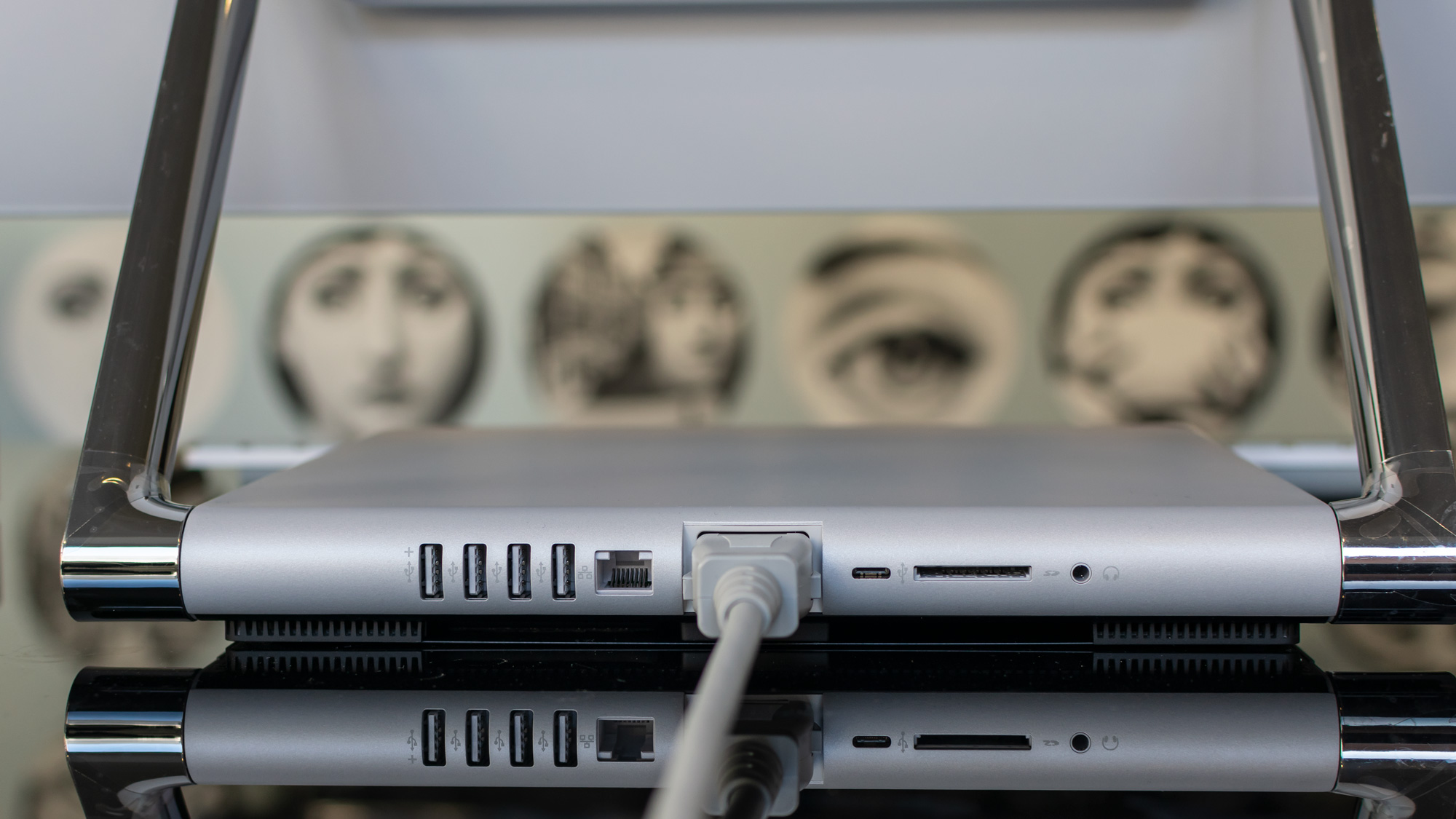
If you thought Apple's iconic iMac was the last word in high-performance all-in-ones, you can think again. Microsoft's second-generation Surface Studio is here to debunk that notion, offering hardware clout and dazzling visuals wrapped up in one of the most attractive and intuitive designs we've ever seen from a desktop device.
Microsoft Surface Studio 2 review: Design
Putting the Surface Studio 2 side-by-side with the iMac really throws into sharp relief how little Apple has done to update the iMac's look over the past several years. Not only is the Studio's display absolutely gorgeous to look at, but it also features one of the cleverest stand mechanisms we've ever seen. It's based on a pivoting hinge system and goes from an upright position to lying on the desk at a roughly 30-degree angle, allowing it to be used as a drawing board for digital art or document proofing.
This is an incredibly useful and versatile feature, but one of our favourite things about it is that it requires almost no effort to adjust the angle - in fact, you can do so with a single finger. Another neat aspect of this stand is that, when fully upright, the screen is actually at an angle of -3 degrees, making it easier to get your face in the frame for video calls and the like.
This design, of course, hasn't changed all that much from the original Surface Studio, bar a minor change to the port configuration which we'll cover later on. That's not a bad thing, however, as it still looks and feels amazing; it's one of the best and most satisfying designs to use.
Microsoft Surface Studio 2 review: Display
If the design is good, then the display is even better. Stretching 28in across the diagonal and with comparatively slim bezels, the Studio 2 has a mammoth 4,500 x 3,000 resolution - more than 4K. This means there is absolutely heaps of screen real-estate available for fitting multiple windows on-screen at once, and for working with large, complex editing suites like Adobe's Creative Cloud suite.

Not only that, but the quality is impeccable too. In our testing, it managed to hit a blazing peak brightness of 521cd/m2 with a contrast ratio of 1,287:1, as well as covering 99.9% of the sRGB colour gamut and 96.9% of the DCI-P3 gamut. Coverage of the Adobe RGB space was a little less impressive at 84.9%, but that's still very high and a phenomenal average Delta-E of 0.41 means that it'll be perfectly accurate to boot. In short, this is to all intents and purposes a professional-grade monitor that's perfectly suited to colour-accurate design and graphics work.
Even if you're just using it for general-purpose computing tasks (although frankly, it would be a criminal waste) it still looks amazing; movies and video content are stunningly represented, and it's an absolute godsend for power users who like to have multiple windows open - flicking between keyboard, pen and touch inputs made us feel like we were in Star Trek or Minority Report.
Microsoft Surface Studio 2 review: Hardware and performance
One area where the iMac in particular really shines is the performance. As with all Apple's hardware, the iMac is a bit of a speed demon (the latest generation even more so than usual), so Microsoft has a fairly steep hill to climb in matching it.
Sadly, it's a hill that the Surface Studio 2 isn't quite able to conquer. It achieved an overall score of 134 in our in-house benchmark tests, which is a little disappointing given that it's got an asking price of over 3,500. A look at the internal hardware quickly reveals the culprit: it's fitted with a 7th-gen Intel Core i7-7820HQ quad-core processor, a last-gen chip with a base clock speed of 2.9GHz that doesn't quite cut the mustard when compared to newer, more powerful chips with a higher core count.
Frustratingly, the rest of the hardware is perfectly adequate - you can pick 16GB or 32GB of DDR4 RAM, as well as one of two Nvidia GeForce GPUs, either the 6GB GTX 1060 or the 8GB GTX 1070. Our review unit came with a GTX 1060 and 32GB of RAM.

We should note that the Studio 2 is by no means slow. 134 is objectively a good score and one that many other devices would be rightly proud of. It's more than fast enough to handle demanding everyday multitasking, as well as putting up a creditable performance when using media editing suites.
However, Apple's latest 27in iMac is more than twice as fast, and the Studio isn't as capable when it comes to rendering workloads - as evidenced by its results in the CineBench R15 CPU benchmark, which again saw the iMac steaming ahead with almost double the score.
It's a real shame, as the huge, gorgeous screen and intuitive, creative-focused design make it an ideal fit for use as a media workstation, but the ailing hardware makes it objectively worse at processing those tasks than other devices. Even if you don't want to go with Apple, you can still pick up the excellent PC Specialist Apollo X02 for around 1,500 less than the Surface Studio 2, which gives you double the performance and enough spare change left over to buy an equally impressive professional-grade monitor.
Microsoft Surface Studio 2 review: Ports and features
One of the smallest changes Microsoft has made from the original Studio is also one of the most significant: the company has finally seen sense and replaced the mini DisplayPort with a USB-C port. This makes it exponentially more versatile, allowing users to connect up to two external 4K displays (or one 4K display running at 60Hz), or a range of docks and peripherals. We can only hope that Microsoft follows suit with the next generation of Surface notebooks and hybrids.
Aside from that, there's also the aforementioned video camera, which is used for facial recognition login as well as video calls and is still one of Windows' most useful features. There's also support for the excellent Surface Pen - which comes in the box and attaches magnetically to the left-hand side of the screen - and the Surface Dial, which offers a range of extra control options for compatible apps.

In the box, you also get the Surface Keyboard and Surface Mouse, both of which connect wirelessly via Bluetooth. While they're not quite as pleasant to use as the bundled peripherals that come with the iMac, they're leagues ahead of the peripherals that come with all-in-ones from the likes of Dell. The Surface Keyboard, in particular, retains the excellent typing feel of the Surface Laptop and Surface Book devices.
Microsoft Surface Studio 2 review: Verdict
We're huge fans of the Surface Studio 2. It's unquestionably one of the best-looking devices we've ever had in for review, and its intuitive 'zero gravity' hinge makes Apple's iMac seem positively dated by comparison.
However, it's impossible to ignore the fact that the performance just doesn't live up to the high-class design. It's still in the upper echelons when it comes to Windows all-in-ones, but it doesn't come close to matching the new iMac, and proper workstations - even those costing significantly less - will leave it in the dust.
That last-generation CPU is the only thing holding it back from being the ultimate do-it-all creative device; an 8th-gen Core i9 would allow it to crunch through demanding 4K rendering jobs with ease, and the jaw-dropping screen is already perfectly suited to making visual projects look their best.
As it is, however, it's still more than accomplished enough to earn our recommendation. It's got one of the most attractive and useful designs around, the screen is top-notch and the performance - while not good enough to compete with the very best - is still more than capable of keeping up with moderate to intensive workloads. If you can afford the (admittedly rather meaty) three-and-a-half grand asking price, it'll turn your desk into the starship Enterprise.
Verdict
Microsoft’s answer to Apple’s category-defining all-in-one is still among the most attractive and functional desktop devices we’ve ever seen, but it’s let down somewhat by an underpowered processor.
| Processor | 2.9GHz Intel Core i7-7820HQ |
| Graphics card | Nvidia GeForce GTX 1060 with 6GB GDDR5 memory |
| RAM | 32GB 2,666MHz DDR4 |
| SSD storage | 1TB |
| Display | 28in 4,500 x 3,000 PixelSense IPS |
| Connectivity | SDXC card slot, 4 x USB 3, USB-C 3.1, Gigabit Ethernet |
| Wi-Fi | 802.11ac |
| Bluetooth | Bluetooth 4.1 |
| Webcam | 5 megapixel |
| Operating system | Windows 10 Pro |
| Extras | Surface Pen, Surface Keyboard, Surface Mouse |
| Dimensions (display) | 637 x 439 x 12.5mm (WDH) |
| Dimensions (base) | 250 x 220 x 32.2mm (WDH) |
| Weight | 9.6kg |
| Warranty | 1yr limited |
Get the ITPro daily newsletter
Sign up today and you will receive a free copy of our Future Focus 2025 report - the leading guidance on AI, cybersecurity and other IT challenges as per 700+ senior executives
Adam Shepherd has been a technology journalist since 2015, covering everything from cloud storage and security, to smartphones and servers. Over the course of his career, he’s seen the spread of 5G, the growing ubiquity of wireless devices, and the start of the connected revolution. He’s also been to more trade shows and technology conferences than he cares to count.
Adam is an avid follower of the latest hardware innovations, and he is never happier than when tinkering with complex network configurations, or exploring a new Linux distro. He was also previously a co-host on the ITPro Podcast, where he was often found ranting about his love of strange gadgets, his disdain for Windows Mobile, and everything in between.
You can find Adam tweeting about enterprise technology (or more often bad jokes) @AdamShepherUK.
-
 ‘Phishing kits are a force multiplier': Cheap cyber crime kits can be bought on the dark web for less than $25 – and experts warn it’s lowering the barrier of entry for amateur hackers
‘Phishing kits are a force multiplier': Cheap cyber crime kits can be bought on the dark web for less than $25 – and experts warn it’s lowering the barrier of entry for amateur hackersNews Research from NordVPN shows phishing kits are now widely available on the dark web and via messaging apps like Telegram, and are often selling for less than $25.
By Emma Woollacott Published
-
 Redis unveils new tools for developers working on AI applications
Redis unveils new tools for developers working on AI applicationsNews Redis has announced new tools aimed at making it easier for AI developers to build applications and optimize large language model (LLM) outputs.
By Ross Kelly Published
-
 Google layoffs continue with "hundreds" cut from Chrome, Android, and Pixel teams
Google layoffs continue with "hundreds" cut from Chrome, Android, and Pixel teamsNews The tech giant's efficiency drive enters a third year with devices teams the latest target
By Bobby Hellard Published